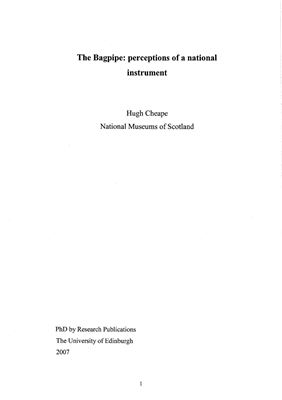

Most ebook files are in PDF format, so you can easily read them using various software such as Foxit Reader or directly on the Google Chrome browser.
Some ebook files are released by publishers in other formats such as .awz, .mobi, .epub, .fb2, etc. You may need to install specific software to read these formats on mobile/PC, such as Calibre.
Please read the tutorial at this link: https://ebookbell.com/faq
We offer FREE conversion to the popular formats you request; however, this may take some time. Therefore, right after payment, please email us, and we will try to provide the service as quickly as possible.
For some exceptional file formats or broken links (if any), please refrain from opening any disputes. Instead, email us first, and we will try to assist within a maximum of 6 hours.
EbookBell Team

0.0
0 reviewsThe GHB did not historically arise as an autonomous phenomenon. It was a general European instrument, assimilated into Gaelic society, whose strong and distinctive cultural traits gave it a particular sound (there being evidence elsewhere for a similar instrument for example in Ireland and Iberia). Material evidence for the GHB is readily and consistently misinterpreted, since it has hitherto never been considered in a scholarly way, and popular and longstanding views are based on misrepresentations of instruments now known to be inauthentic. The evidential base for the prevailing conventional 'grand narrative' account of the bagpipe in Scotland is very narrow, whereas the raw data of a national collection of instruments, and other abundant evidence, makes for a radically different account: i.e. of the bagpipe as a pan-European phenomenon. The dynamic that produced a 'national instrument' may be sought equally in Scotland's musicological role in the European Neo-Baroque. This instrument was not originally pastoral in Britain but promoted from London, then used in Scotland for performing music shared with Ireland. A reason for the persistence of the travestied account of the GHB as ancient and innately Highland is that the impact of the Baroque on the Scottish material record has never been considered.